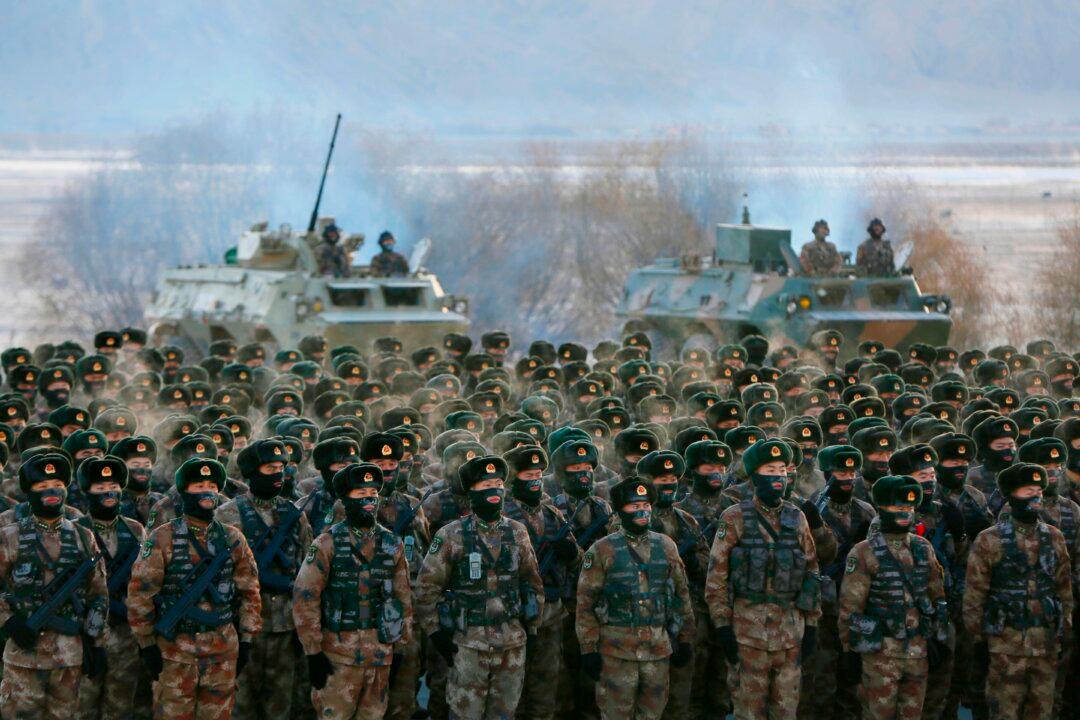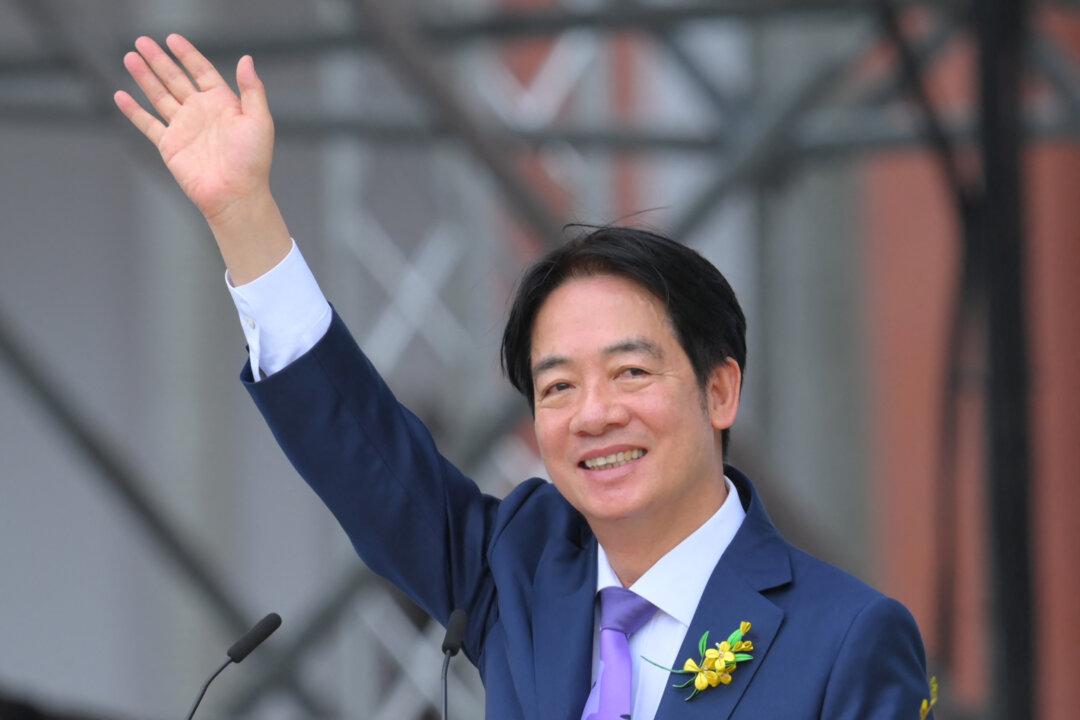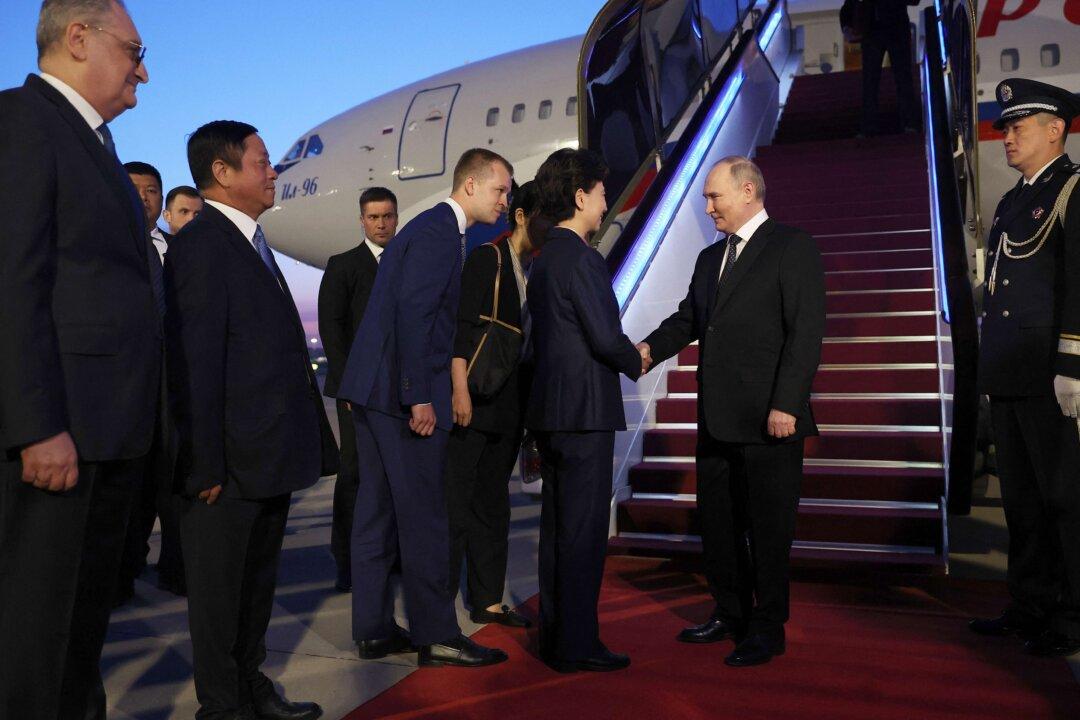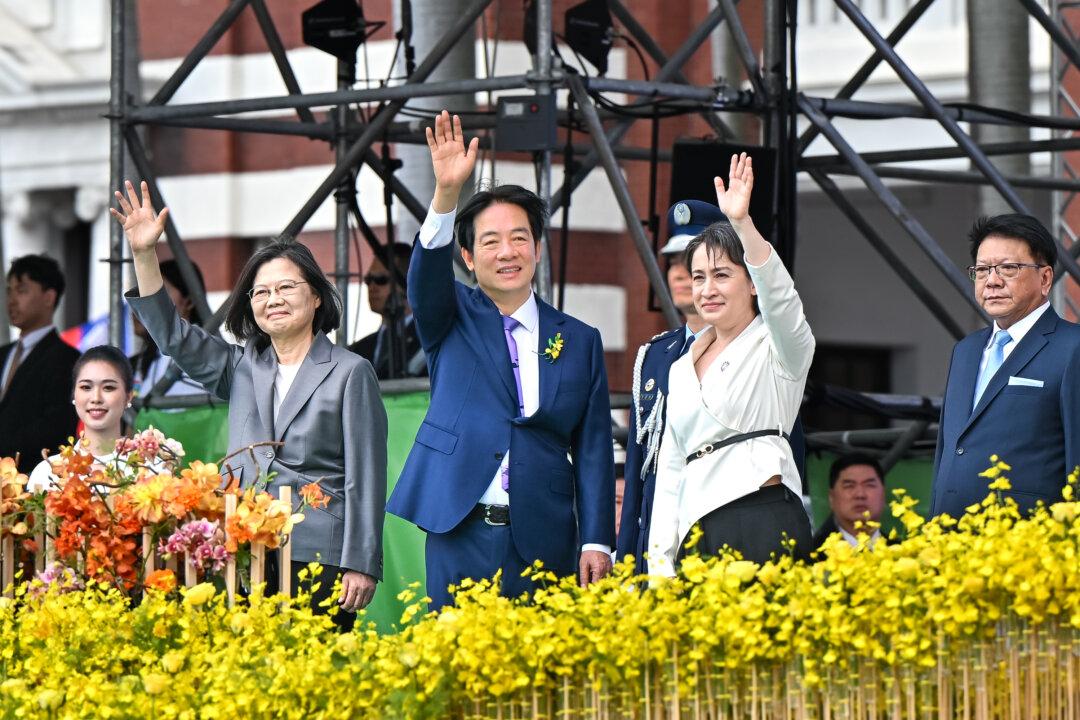The Biden administration’s decision to provide M1 Abrams main battle tanks to Ukraine follows reports that U.S. support for Ukraine in its war with Russia could hinder America’s ability to fight a war with communist China.
Since 2014, the United States has committed to sending Ukraine over $27 billion in military equipment and supplies. A new report from the Center for Strategic and International Studies notes the profound nature of this problem. Even before the Ukraine war, the United States faced the diminishment of the U.S. arsenal and the inability of the industrial base to rapidly replenish U.S. conventional arms and munitions, to say nothing of major systems like ships and aircraft. Thus, the United States was already in peril. The Ukraine war has exacerbated this.
The Wall Street Journal reports that the number of Stinger anti-aircraft missiles provided to Kyiv represents the same number exported to all countries over the last 20 years. The over 1 million 155-millimeter artillery rounds sent to Ukraine have precipitously lowered U.S. stockpiles. The same is true for other systems, including Javelin anti-tank system. Anti-ship missiles, like the Harpoon, are not yet critical but certainly would be immediately in a conflict with China.
The U.S. defense industrial base was suited to the “End of History” post-Cold War security environment and low-intensity warfare in Southwest Asia. It is unprepared to fight high-intensity warfare against peer competitors and great powers. This situation was decades in the making, evident to those who looked, but it was never reversed by administrations.
Now, the United States lacks the ability to surge to meet the security environment that it now faces with a peer challenger in China, a great power threat in Russia, and major regional threats in Iran and North Korea, to say nothing of the possible alliances that the United States confront, for example, a war simultaneously with China and Russia.

Too few arms and munitions are significant matters for three major reasons.
First, conventional deterrence of attack against U.S. interests depends upon the ability to convince adversaries that the United States can sustain high-intensity warfare for as long as it takes to defeat the enemy’s military ambitions. Thus, in the context of Taiwan, the United States possesses the conventional capabilities to defeat a limited aims or a full-scale attack on the island. This clearly requires sufficient conventional “shooters,” such as ships and aircraft, and the ability to sustain those shooters in a high-intensity war with China. It is clear that the arsenal is weakened; thereby, so is the U.S. conventional deterrent.
It is equally transparent that the United States does not possess enough shooters with the right weapons mix within range of Taiwan to destroy a sustained Chinese attack, particularly when the Chinese are targeting U.S. bases in the region. Moreover, the United States does not have an industrial base that could replace the shooters and weapons once they are attritted. Consequently, conventional deterrence of a Chinese attack is jeopardized. Indeed, it is nowhere close to the Cold War standard for U.S. conventional deterrence requirements.

Second, weakness in conventional arms may be offset to a degree by tactical and theater nuclear weapons. In the Cold War, the growth of Soviet nuclear capabilities in the 1960s tied to its existing conventional might meant that, as the Kennedy administration recognized, the United States had to sustain considerable conventional, tactical, and theater nuclear weapons in Europe to provide a conventional and nuclear deterrent of Soviet attack.
Unfortunately, U.S. tactical nuclear capabilities in the Indo-Pacific are weak, and its theater nuclear capabilities are non-existent. Anemic U.S. nuclear capabilities and inadequate conventional capabilities are an insufficient deterrent and, thus, an invitation to aggression. The necessary and reinforcing relationship between conventional and nuclear weapons seems to have been forgotten. Indeed, even the U.S. strategic nuclear arsenal is hard-pressed to deal with the target sets of China and Russia where they are aligned.
Third, the problems of insufficient conventional arms, arsenal, industrial base, and nuclear capabilities are compounded manpower woes. High-intensity warfare will maximally tax not only arms, munitions, and shooters, but also servicemembers. The United States faces the possibility of casualties that will equal or exceed those of the Korean War and Vietnam at its height in 1967, 1968, and 1969, and may approach rates of specific campaigns in the Pacific, like the Philippines, Peleliu, Tarawa, and Iwo Jima. Accordingly, the United States would be compelled to depend upon reserves and the National Guard, but if these casualties are sustained, the population will have to be mobilized, and the possibility of conscription would return. As with most of its wars in the 20th century, the United States does not have the ability to replace substantial losses in its servicemembers in the short run with those equally trained.
Additionally, as the Cold War, the last hegemonic war fought by the United States, retreats from living memory, the officer corps does not have experience with prodigious, whole-of-society, whole-of-government demands of high-intensity warfare. Into this mix is thrown the wild card of women in combat roles due to the Obama administration’s December 2015 decision to change the over 200-year history of the Army and Navy. In sum, a lot has changed since 1989, or the 1991 Gulf War, which was the last hurrah of the Cold War military.
In the wake of the Cold War’s end, the military adapted to what might be considered constabulary operations against Saddam Hussein and al-Qaida. Seemingly forgotten was a military that could fight in the sustained slugfests of Burma, Anzio, the Gustav line, the Hürtgen forest, or Okinawa that defined the U.S. experience in World War II, or the Battles of Triangle Hill or Porkchop Hill in Korea, or Dak To, Tet and mini-Tet, Khe Sanh, and Hue in Vietnam. Forgotten as well were the lessons of Operation Nickel Grass, the U.S. resupply effort of Israel from U.S. stockpiles in the course of the 1973 Yom Kippur war. With direct lessons for Taiwan today, the United States could resupply an ally engaged in a high-intensity war.
The conventional armament scientific and industrial base has atrophied, as have U.S. nuclear capabilities and the scientific and industrial base that supports them. While Joseph Stalin appreciated that “quantity has a quality all its own,” the United States needs to provide quality and quantity sufficient for sustained high-intensity warfare. For too long, the United States drew upon the capital it accumulated during the Cold War. It’s now gone. Time for a new generation of Starks, Kings, Marshalls, and Arnolds in the military realm, and Dows, Fords, Kaisers, and Kindelbergers in the industrial to accumulate some capital on their own.





